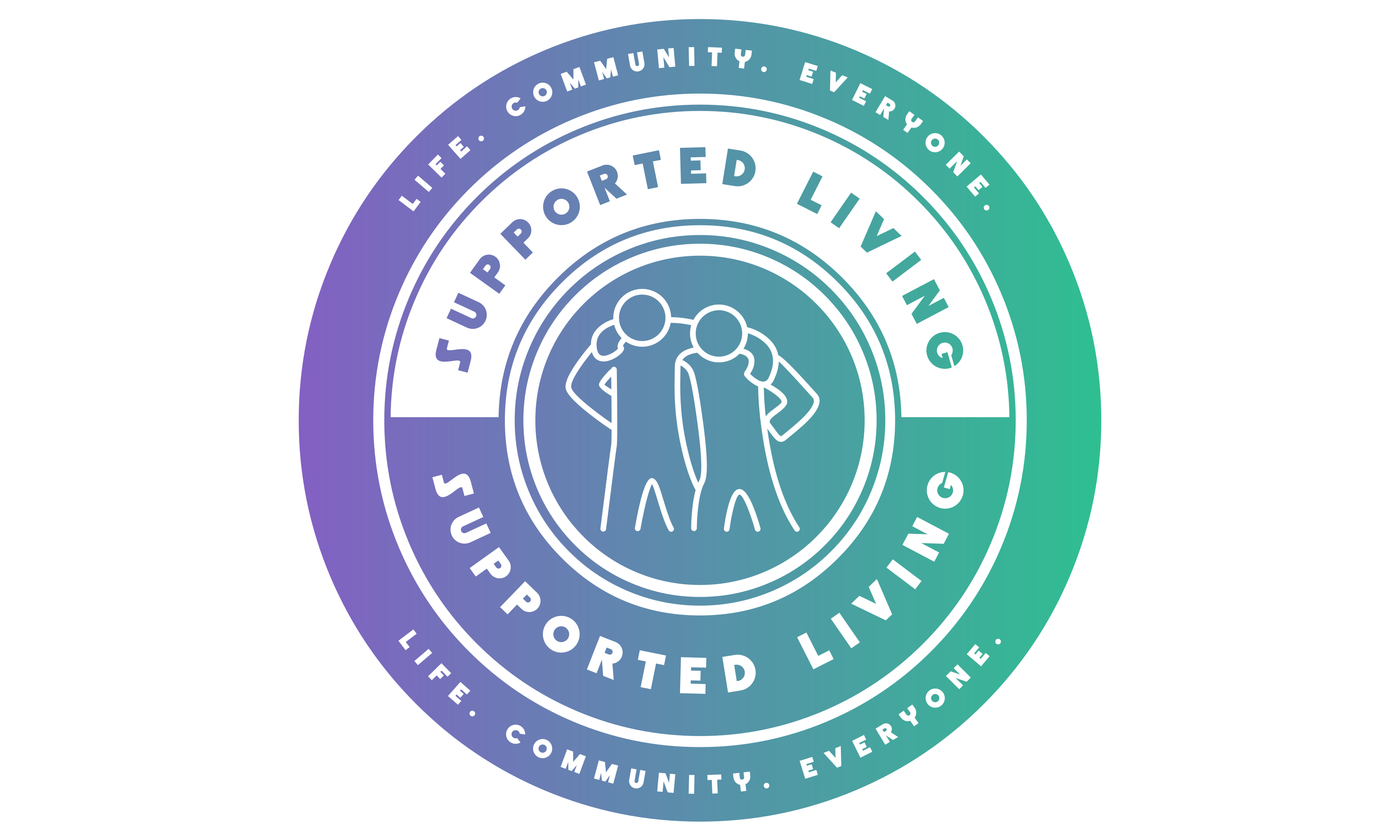*March 2024 Note: A draft Supported Living Guidebook became available in 2023. We are currently updating and finalizing the Guidebook and the website to provide important information about Supported Living in easy-to-read formats, including plain language. Please check back for updates. Thank you for your interest in Supported Living!
Supported Living services are available in levels (1-3), and at some LME/MCOs, Support Living Periodic services are available. Supported Living levels are awarded based on individualized needs determination. Each person’s level of need is evaluated and assigned by the LME/MCO’s required assessments, care plan/person-centered planning, and approval requirements. This guidebook focuses on Innovations Waiver Supported Living levels 2 and 3, providing specific information and practical tips on how these levels of service have worked for many people and their provider teams across the state of North Carolina.
It is important to note: Supported Living Levels 2 and 3 include 24-hour support. This support can be delivered to the person face-to-face or with the use of appropriate technology. This guidebook includes information about how technology can be used in conjunction with face-to-face support to provide each person with the supervision and assistance they need to be successful in their living environment.
Important Facts About Supported Living
- Supported Living works best with a Person-Centered approach. Each support or service is tailored to the individual’s unique preferences and needs. This individualization makes it possible for people to live in their own home in a completely integrated environment with the necessary support and skill training provided within the context of daily life.
- Maximized Personal Choice and Control. People are not required to live in groups. When people live in group settings, procedures and rules are established to operate the home considering the requirements of all household members. To accommodate everyone, some individuals may be subject to undesirable or unnecessary control over personal choices in their lives. Services are focused on one person at a time.
- Supported living services are individually designed; with flexible support based not only on strengths and needs, but also on personal preferences. Support is provided only where needed and can be arranged in ways that maximize the individual’s abilities as well as fill in the gaps where support is necessary.
- Services are not tied to a facility; therefore, you can choose who provides your services. This could be a provider agency, self-directed, or Employer of Record (EOR). Support and services are adjusted in response to changes in life circumstances without requiring people to move to a new location or setting.
- No “readiness” criteria or need to move through a training continuum to receive Supported Living services. People are not expected to demonstrate independence to participate in supported living. Instead, it is acknowledged that all adults can live in their own homes in the community with the level of assistance they need to be successful.
- Non-paid, natural, reciprocal relationships are encouraged. Building and fostering community relationships based on what is meaningful to and for the person being supported.
- The pursuit of personal dreams is recognized as an individual’s right rather than a reward. Supports are provided in accordance with the life outcomes the individual wishes to achieve and may include the teaching of new skills, assistance with activities the individual is unable to perform without support and help in developing linkages with other people or resources in the community.
In Summary
Supported living is about individual choice, control of housing and assistance, respect, personalized care, and valued relationships. Operationally, the use of supported living funding, approaches to planning, and daily activities of staff differ from services provided in group homes or other residential settings.
Because Supported Living IS NOT a service that someone needs to be “ready for” or must achieve a level of skill to be eligible to receive, levels and types of support will vary and change per person and throughout life stages. Everyone’s needs change – each day, week, and month. And of course, support looks different across the life span. Planning for these changes is the key to success and supported living – when used to its true definition – provides the flexibility for people and their care teams to work together to achieve successful outcomes.
Supported living fosters the best practice of providing support with individuals to achieve the personal outcomes we all find meaningful. A helpful tool to use to guide this planning process is referenced from Personal Outcome Measures®, published by The Council on Quality and Leadership (CQL, 2023).
